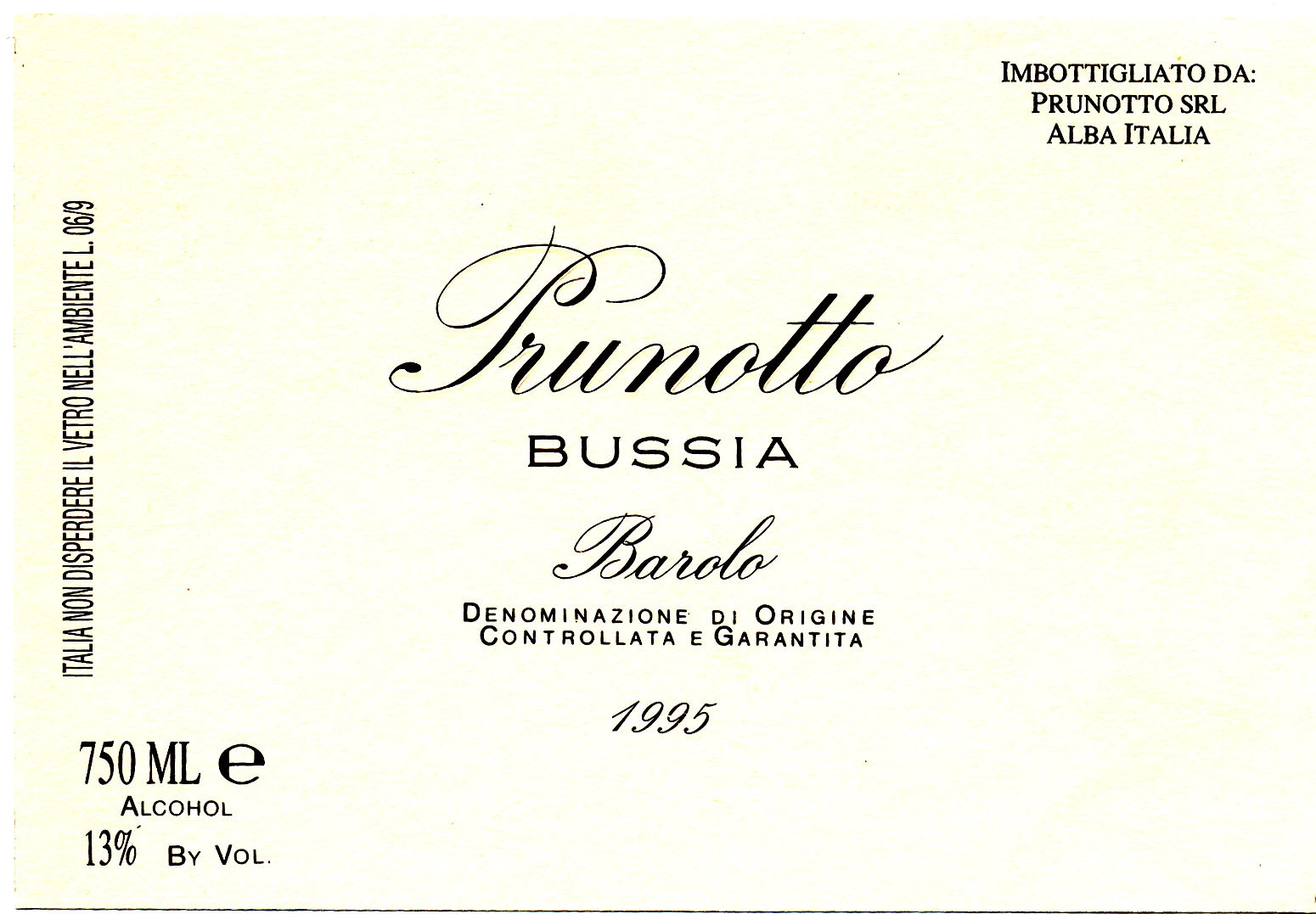1995 Barolo Nebbiolo
The Prunotto Bussia, a stunning red wine from the celebrated Barolo region, showcases the incredible depth and complexity that Nebbiolo can offer, particularly from the revered 1995 vintage. This wine presents a full-bodied character, enveloping the palate with rich layers of dark fruit flavors such as blackberry and plum, alongside enticing notes of rose petal and earthiness that Nebbiolo is known for. The acidity is bright and refreshing, providing a delightful lift that balances the wine's structure, while the tannins are firm yet refined, lending a remarkable longevity that harmonizes beautifully with its fruity intensity. As a dry wine, Prunotto Bussia exemplifies the elegance and aging potential of Barolo, making it a delightful choice for both Paul’s culinary pairings and contemplative sipping.
The Prunotto Bussia, a stunning red wine from the celebrated Barolo region, showcases the incredible depth and complexity that Nebbiolo can offer, particularly from the revered 1995 vintage. This wine presents a full-bodied character, enveloping the palate with rich layers of dark fruit flavors such as blackberry and plum, alongside enticing notes of rose petal and earthiness that Nebbiolo is known for. The acidity is bright and refreshing, providing a delightful lift that balances the wine's structure, while the tannins are firm yet refined, lending a remarkable longevity that harmonizes beautifully with its fruity intensity. As a dry wine, Prunotto Bussia exemplifies the elegance and aging potential of Barolo, making it a delightful choice for both Paul’s culinary pairings and contemplative sipping.




